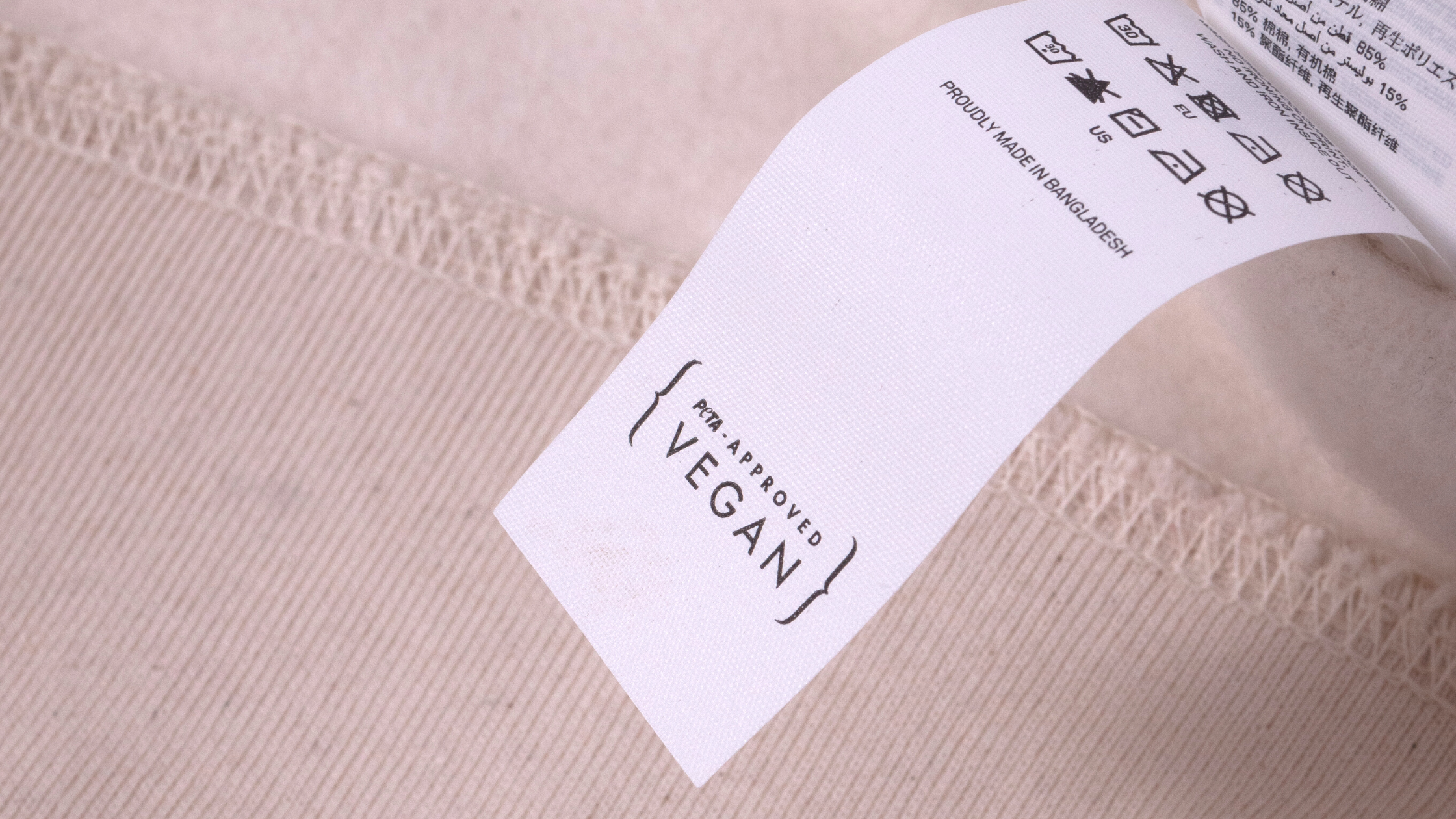Welcome to the Shenty Blog, let's inaugurate the new year with a very interesting article that links the world of fashion to that of food and nutrition.
VEGANUARY: WHAT IS IT?
We often hear about Veganuary right at the beginning of each new year, let's find out together what it is and how it can connect to the fashion world.
Veganuary is an annual appointment founded in 2014 by a British non-profit association, a real challenge that encourages people to follow a completely vegan diet during the month of January. It is therefore equivalent to a test at the beginning of the year to try to convert as many people as possible towards a totally or partially vegan diet, thus giving up the immeasurable consumption of meat , dairy products, eggs and any type of animal-derived food, in favor of fruits, vegetables and grains.
Remarkable are the numbers estimated positively for the environmental impact, we are talking about 1 million animal lives saved and tons of carbon dioxide saved corresponding to almost 450,000 flights.
Since the event was inaugurated in 2014, there has been a significant increase in participation , up to the record number established just last year with around 629,000 people participating. It is estimated that this record will easily be surpassed during this 2023, given the continued strong growth of the movement and its sponsorship by global celebrities and entertainment personalities.
VEGANUARY AND FASHION: HOW CAN THEY CONNECT?
Taking advantage of the strong growth of this movement, we decided to analyze its possibilities in a sector that is very different from the food sector, but with strong points in common, namely the fashion and clothing sector.
Trying to be Vegan following a special diet during the month of January, but consciously (or unconsciously) wearing clothes made with materials of animal origin, is an example of strong inconsistency.
The media inform very little of how much animal exploitation is at very high levels in the fashion world. And we are not just talking about garments made of leather and fur, which in many cases lead to quartering and killing , but also of those practices which cause the animal a situation of continuous high stress .
It is estimated that:
- 3 million sheep and lambs die each year for wool production
- 50 thousand silkworms are destroyed to obtain about 20 kg of silk
- 35 x 70 x 45 cm are the measurements of the cages in which the mink bred to obtain their furs live
Even more disturbing is the number of animals it takes to make a single garment:
- from 30 to 60 for a mink coat
- 240 for an ermine fur coat
- from 10 to 24 for a fox fur coat
Numbers that make you shiver and that must necessarily lead each of us to make an important reflection on the choice of clothing to wear every day. But let's analyze what is the most impactful solution to try to solve this problem.
ANIMAL FREE AND PETA VEGAN FASHION
Fortunately, thanks to the strong growth and expansion of ethical and sustainable fashion in recent years, a movement in defense of animals is also taking hold in this sector. i.e. Animal Free fashion. This consists in the creation of clothing without any use of materials of animal origin.
Today there are numerous sustainable and recycled alternatives to the classic wool sweater and silk shirt, so why pretend that there aren't just a matter of habit?
A lot of sustainable brands use certifications that are able to certify the animal-free and cruelty-free nature of the products. One of the most famous is PETA VEGAN Approved:
Certification assigned by the animal rights organization PETA (People for the Ethical Treatment of Animals) to textile products that have not used or mistreated any animal directly or indirectly during their processing and production.
CONCLUSIONS
We therefore invite you to test a sort of fashion Veganuary , wearing and buying only and exclusively this type of clothes during the month of January, and then never abandoning this mentality again.
We also remind you that all Shenty products are PETA VEGAN certified and fully adopt the Animal Free ethics.
